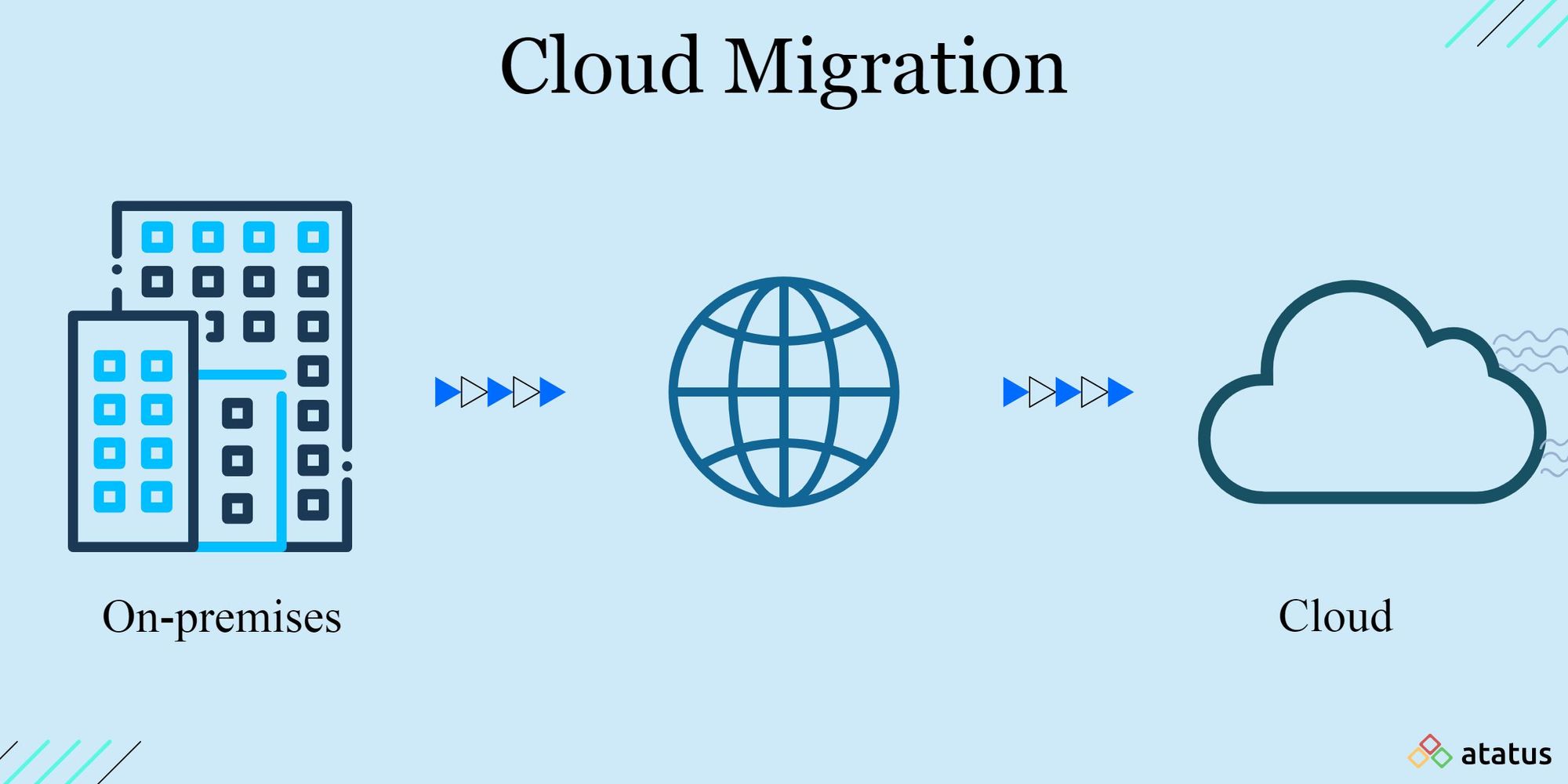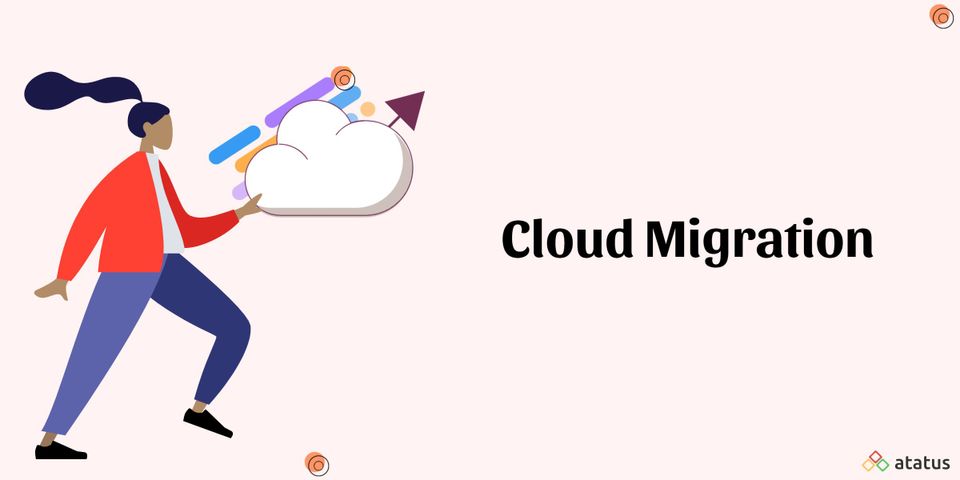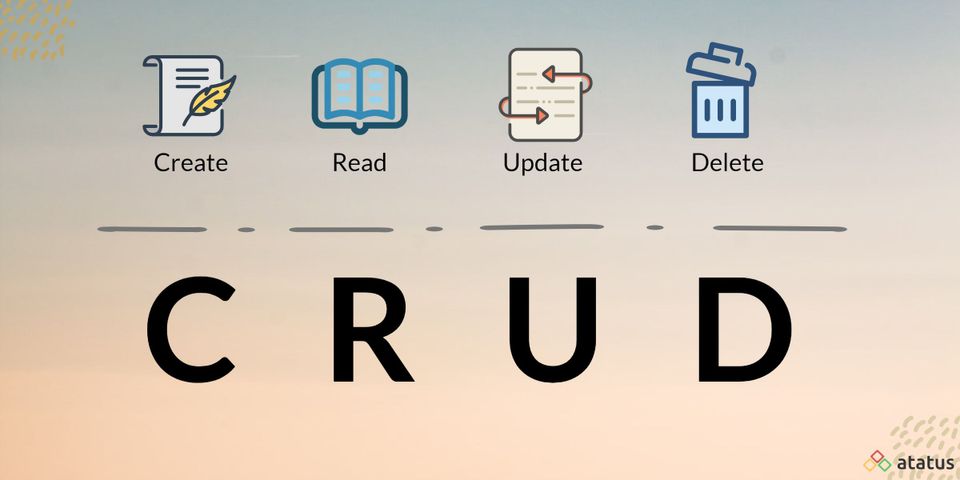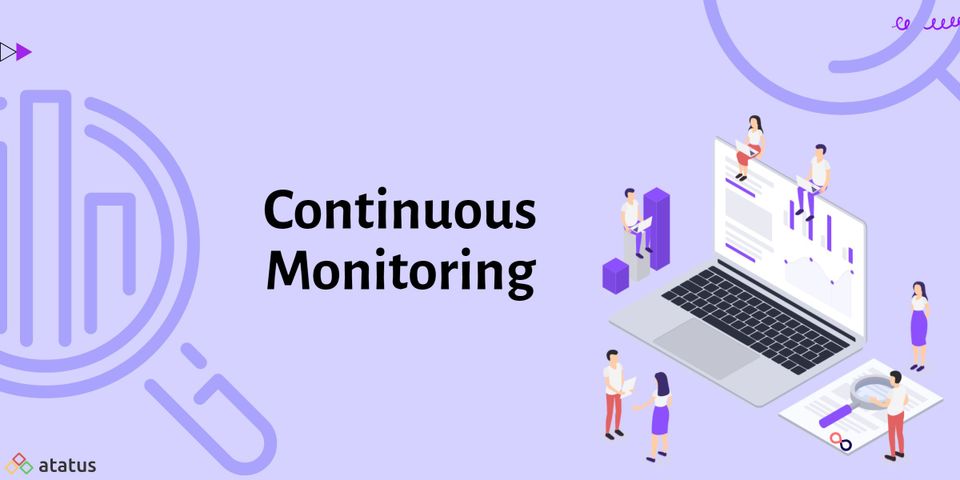As more businesses go to the cloud, cloud migrations are becoming more common, as businesses move between different cloud providers. However, there are a few essential factors to be aware of for those making their first journey into the cloud, which we'll go over below.
We will cover the following:
- What is Cloud Migration?
- Cloud Migration Strategies
- Benefits of Cloud Migration
- Process of Cloud Migration
- Challenges of Cloud Migration
What is Cloud Migration?
The process of moving digital business operations into the cloud is known as Cloud Migration. Cloud migration is similar to physical relocation, except that instead of packing and transferring real objects, it entails moving data, applications, and IT processes from one data centre to another. Cloud migration, like moving from a smaller to a larger office, necessitates a significant amount of planning and preparation, but it is usually well worth the effort, resulting in cost savings and increased flexibility.
A cloud migration strategy is a plan for a company's data and applications to be moved from on-premises to cloud architecture. While not all workloads benefit from cloud infrastructure, it's critical to test the most effective strategy to prioritise and move applications before going live.

One or more clouds may be involved in the migration. Some clouds are public, with services offered via the internet, while others are private, with protected cloud infrastructure accessible only to a single business. In a hybrid cloud architecture that also incorporates on-premise computing assets, organisations frequently use numerous clouds, both public and private.
Cloud Migration Strategies
The "5 Rs" are five cloud migration techniques described by Gartner. Organizations considering a cloud migration should think about which migration approach best fits their needs. Here's a basic rundown of what each one means:
- Rehost
Rehosting, often known as "lift and shift", entails the use of infrastructure-as-a-service (IaaS). Your existing data and applications are simply re-deployed on the cloud server. This is simple to implement and is therefore appropriate for organisations that are unfamiliar with cloud systems. It's also an excellent alternative if changing the code is challenging and you want to keep your applications intact during the migration. - Refactor
When you refactor, or "lift, tinker, and shift", your applications are tweaked and optimised for the cloud. A platform-as-a-service (PaaS) model is used in this scenario. The applications' underlying design remains similar, however, changes have been made to allow for greater usage of cloud-based tools. - Revise
Revising expands on prior strategies, necessitating more substantial changes to the architecture and code of the cloud-based services. This is done to allow applications to fully utilise the cloud services offered, which may necessitate significant code changes. This method necessitates extensive planning and knowledge. - Rebuild
Rebuilding extends the Revise method by removing the present code base and replacing it with a new one. This is a time-consuming process that is only considered when companies determine that their current solutions do not fulfil their current business needs. - Replace
Replacing is another option for dealing with the issues that the rebuild method addresses. The distinction is that the company does not rewrite its own native software from the ground up. This entails switching to a vendor-provided third-party prebuilt application. The data is the only item you bring over from your old application; the rest of the system is brand new.
Benefits of Cloud Migration
Businesses move to the cloud for a variety of reasons, but the most common cause is to meet the challenge of expanding their IT infrastructure in the most cost-effective and secure manner feasible. The following are some of the benefits of moving to the cloud:
- Cost
Companies going to the cloud can spend much less on IT operations because cloud providers handle maintenance and upgrades. They will be able to devote more resources to innovation, such as the development of new products or the improvement of existing ones. - Performance
Migrating to the cloud can boost performance and provide a better user experience. Cloud-hosted applications and websites can easily scale to serve more users or deliver higher throughput, and they can run in close proximity to end-users to reduce network latency. - Flexibility
At any given time, no company product experiences the same level of demand from the same number of people. When traffic to your applications fluctuates, cloud infrastructure allows you to scale up or down to match demand, ensuring that you only use the resources you need. - Security
The cloud provides more security than data centres since it stores data centrally. Security analytics, periodic upgrades, and cross-enterprise visibility are all built-in features that most cloud providers offer. - Scalability and Agility
Cloud-based services not only automatically expand capacity to meet rising or changing demand, but they also enable teams to collaborate on application changes or issues from any location rather than being confined to a single location. Businesses with this level of consistency can gain a significant competitive advantage.
Process of Cloud Migration
The size and complexity of your environment will determine your migration path to the cloud. These are the fundamental steps:
#1 Migration Planning
Before you begin, you should have a clear understanding of why you're making the change and which strategy will best assist them. Begin by evaluating your current situation. To avoid buying more than you need, assess your cloud server requirements based on current application resource requirements. You'll need the resources and experience of a specialist at this point.
As part of the package, an application performance management (APM) solution can provide complete, real-time insight into your environment and all of its dependencies, as well as roll-up strategy.
#2 Cloud Environment Choosing
Now that you've got the visibility you need to succeed, it's time to figure out what kind of cloud model you want to use. Whether you go with public cloud, hybrid cloud, private cloud, or multi-cloud, it all relies on your current and future requirements.
#3 Data and Application Migrating
If all goes according to plan, your actual migration should be a snap. Maintaining cloud security issues, such as adhering to security rules and arranging for data backup and recovery, is still important.
#4 Post-move Success Validation
Without proof that the cloud transfer is working as intended, you can't call it a success. Once the data has been moved to the cloud, it's critical to make sure it's optimized, secure, and accessible in the future. It also aids in the monitoring of critical infrastructure in real-time and the prediction of workload contention.
Challenges of Cloud Migration
Today's technologists face a major issue in ensuring efficient application transfer. Even when you've found the right cloud provider, the migration process still can be risky. The following are important scenarios to be aware of:
- Downtime
The migration process may necessitate taking in-house servers offline for a period of time. However, if effective backup and resource allocation are not in place, outages can be terrible for application performance and customer loyalty. - Data Loss
Your company's data is at its most susceptible during the transition to the cloud. Some of it may be unavailable or vulnerable to hacking. Cloud security policies such as privileged access management and application encryption must be used with extreme caution to reduce the danger of a data leak. - Resource Management
The cloud is not trusted by all IT professionals. Employees who were previously responsible for physical servers may need to be trained on the new architecture. In other circumstances, cloud adoption requires the creation of new IT management positions or a complete transformation of company operations. - Interoperability
It's not easy to get older applications to work with newer cloud environments. You may need to modify your processes to those of your cloud provider to ensure that they do. - Vendor Lock-in
It's a common issue among cloud technology users. Although cloud companies provide a wide range of services, many of them are not transferable to other cloud platforms. Workload migration from one cloud to another is a time-consuming and costly procedure. Many businesses begin using cloud services and then discover that switching providers is tough if the present supplier does not meet their needs.
Conclusion
A good plan is critical whether you're planning a cloud migration to launch one application for a better customer experience or to upgrade your application estate as part of a bigger journey to the cloud. Cloud migration might be complicated and risky, but once accomplished, it will be a huge benefit to your company.
Monitor Your Entire Application with Atatus
Atatus provides a set of performance measurement tools to monitor and improve the performance of your frontend, backends, logs and infrastructure applications in real-time. Our platform can capture millions of performance data points from your applications, allowing you to quickly resolve issues and ensure digital customer experiences.

Atatus can be beneficial to your business, which provides a comprehensive view of your application, including how it works, where performance bottlenecks exist, which users are most impacted, and which errors break your code for your frontend, backend, and infrastructure.





